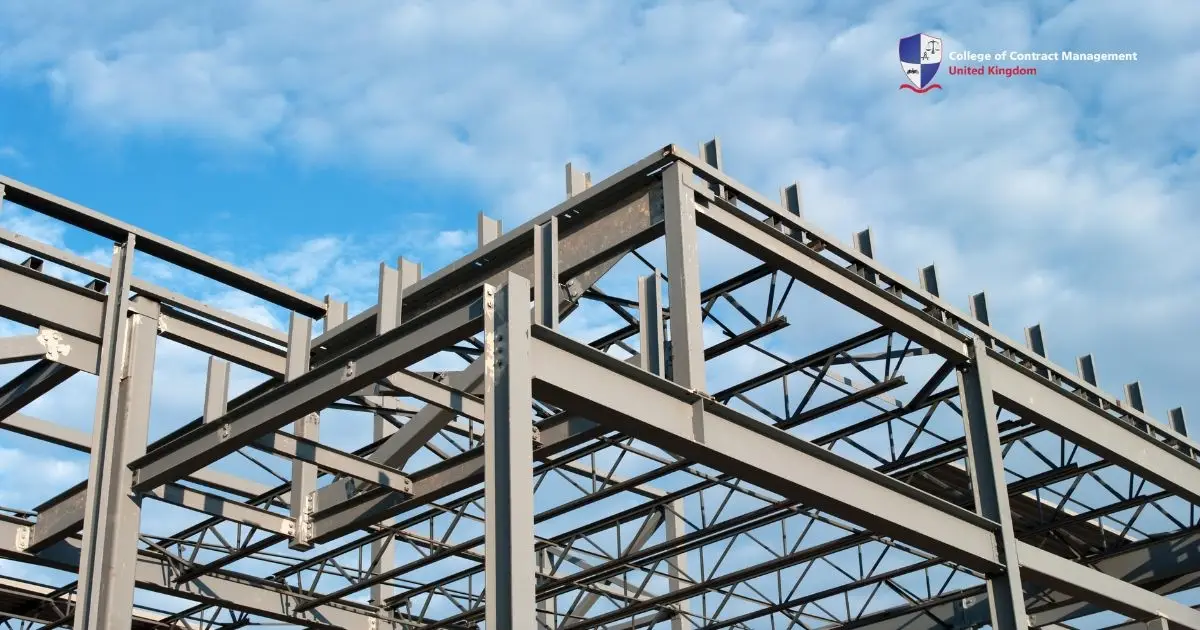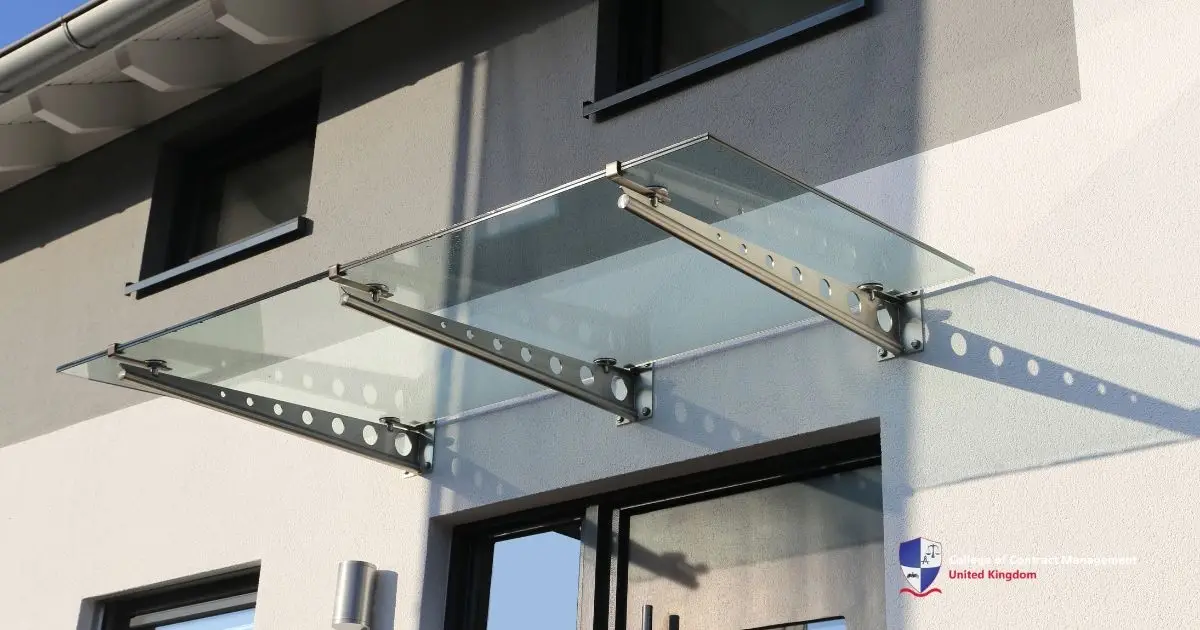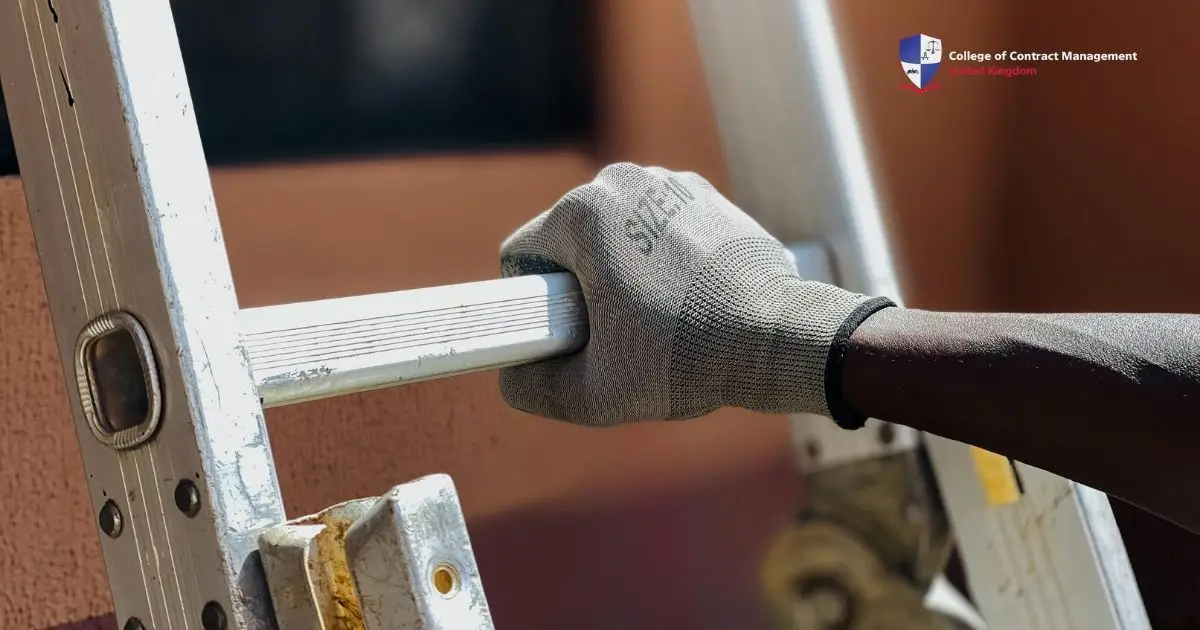Construction sites are busy and often dangerous. Therefore, workers need tools that help them stay safe and work efficiently. One of these tools is the scaffold tower. It gives workers a stable platform to reach high areas. This is especially useful for jobs like painting, bricklaying, or repairs. However, if scaffold towers are used in the wrong way, they can cause accidents.
In this guide, you will learn how to use scaffold towers safely. It covers types, benefits, and best practices to use them. If you are a site manager, builder, or just starting out, this guide is for you. In the end, safe scaffold use helps prevent injuries and keeps the job running smoothly. Let’s get into it!
What is a scaffold tower?
A scaffold tower is a temporary structure from metal frames, platforms, guardrails, and stabilisers. Construction workers often use this tool to help them reach high places safely. In addition to that, the tower holds both people and materials at different heights. Because of its strength and easy setup, it is a common tool for working above the ground.
A scaffold tower includes several important parts that work together to keep workers safe and supported. Here are the key components:
- Base Frames: These form the bottom of the tower and provide strong foundational support. They help distribute the weight evenly and keep the structure stable on the ground.
- Platforms: Workers stand and move on these flat surfaces while performing tasks at height. The platforms are made from sturdy materials to handle both people and tools.
- Guardrails and Toe Boards: These safety features protect workers from falling. Guardrails surround the edges of the platform, while toe boards at the bottom prevent tools or materials from slipping off.
- Stabilisers or Outriggers: These extend from the base to make the tower more stable, especially when it's tall or mobile. They help prevent tipping or wobbling during use.
- Ladders or Built-In Access: Safe access is essential. Ladders or internal steps allow workers to climb up and down the tower easily and securely.
Types of scaffold towers
A scaffold tower provides a safe and stable platform for working at height. These towers are commonly used in a variety of jobs. For instance, bricklaying, painting, electrical work, and facade maintenance. Their modular design allows for easy adaptation to different job requirements. In the end, they ensure both efficiency and worker safety.
Scaffold towers come in different types, each designed to meet specific job site needs. Choosing the right type depends on the task, location, and how often the structure needs to be moved. By choosing the right one, workers can improve efficiency and safety on-site. Let’s explore the types of scaffold towers.
Fixed Scaffold
A fixed scaffold tower is a stationary structure for long-term projects. This tool offers high stability and strong load-bearing capacity. At the same time, the rigid frames and fixed bases keep workers safe while handling heavy materials. With this in mind, builders often choose them for construction and large-scale repairs where they need a secure platform.
Mobile Scaffold
Mobile scaffold towers have lockable wheels, so workers can easily relocate them. To ensure stability, the castors can be braked during use, combining flexibility with safety. Moreover, these towers are lightweight yet sturdy, making them ideal for tasks requiring frequent repositioning. This kind of scaffold tower is perfect for painting, electrical work, or warehouse maintenance.
Folding Scaffold
Folding scaffold towers are compact, lightweight, and easy to transport. Their collapsible frames save space while still providing a stable work platform. This convenience makes them a top choice for anyone needing. As a result, tradespeople love this scaffold tower for small tasks like decorating or minor repairs.
Benefits of using scaffold towers
When working at height, both safety and efficiency are extremely important. For this reason, a scaffold tower is a much better option than ladders or traditional scaffolding. This tool offers a strong and stable platform to work on, which helps workers stay safe. Aside from that, workers can choose the right type to fit different jobs.
Unlike ladders, scaffold towers give workers more space to move around and handle tools easily. Some scaffold towers are mobile, so they can be moved quickly without the need to take them apart. Now, let's explore their key benefits in detail:
- Enhanced Safety Features: A scaffold tower offers wider and more stable platforms compared to ladders, allowing workers to maintain better balance. This helps reduce the risk of accidents, especially during tasks that take a long time to complete.
- Improved Work Efficiency: The spacious work area provides easy access to tools and materials without the need for constant repositioning. At the same time, it allows multiple crew members to work together comfortably. As a result, construction work becomes more efficient.
- Convenient Mobility Options: Mobile scaffold towers come with lockable wheels, making them easy to move without needing to be taken apart. This saves time and effort, especially for tasks that require frequent repositioning, like painting or electrical work.
- Flexible Height Adjustment: The modular designs of scaffold tower make it easy to adjust the height of the scaffold to suit different job needs. This means workers can set the platform at the right level for both low and high tasks.
Safety risks and common hazards
Construction sites often use a scaffold tower to give workers safe access to high areas. However, they can become extremely dangerous if workers do not set them up properly. Understanding common hazards helps in preventing accidents and ensuring worker safety. Therefore, here are the most common risks and how they can harm workers.
- Falls from Height: Falls can happen when guardrails are missing, the surface is unstable, or workers lean too far. Working at height without proper protection is a major safety risk. These falls often lead to serious injuries or death.
- Tower Instability: A scaffold tower may become unstable if it's set up on uneven ground, built incorrectly, or overloaded. When a tower shifts or collapses, it can seriously harm nearby workers. Proper setup and load limits are essential.
- Falling Objects: Tools or materials that aren’t secured can drop from the platform. Without toe boards or safety barriers, workers below are at risk. Falling objects can cause serious head injuries.
- Electrical Hazards: Building a scaffold tower too close to power lines is extremely dangerous. If any part of the structure touches a live wire, electrocution can occur. This hazard can result in severe injury or death.
Legal and regulatory requirements
Under UK safety rules like the Work at Height Regulations 2005 and the Construction (Design and Management) Regulations 2015, employers must train workers who use a scaffold tower. Specifically, a skilled trainer should teach workers about how to use scaffolds safely. The training must cover how to set up, maintain, and take down fall protection systems. Moreover, people who build, move, fix, or check scaffolds need extra training to spot dangers. If new risks come up or if they lack skills, workers must do re-training.
The rules say workers on scaffolds over two metres (about 6.5 feet) must have fall protection. This can include personal fall arrest systems or guardrails. Employers must also have a skilled person check scaffolds before each work shift. They must check again after anything that might weaken the scaffold. As a result, these steps keep workers safe and prevent accidents on site.
Safety guidelines for scaffold tower use
Before using a scaffold tower, carefully check all parts. First, look for any damage, such as cracks, bent frames, or missing pieces. Next, ensure the ground is solid, flat, and free of clutter. If the ground is uneven, use base plates or adjustable legs to keep the tower steady. Then, follow the instructions provided by the manufacturer when building or taking down the tower. Most importantly, never use weak or unstable supports.
In addition to setting up the tower correctly, use safe working habits at all times. For example, never go over the weight limit of the scaffold. Always climb using the built-in ladders or access gates, and never climb the outside frame. Furthermore, do not lean too far while working. This means keep your body centred to avoid falls. Also, do not use the tower during high winds, heavy rain, or icy conditions, as it becomes unsafe.
Lastly, wear the proper safety equipment. A hard hat protects your head from falling objects. Moreover, use a harness and lanyard when working at high levels. Be sure to wear non-slip shoes to avoid slipping on the platform. Overall, these safety steps help reduce the risk of injury when working on a scaffold tower.
Conclusion
A scaffold tower is very useful on construction sites. However, safety must always come first. To prevent accidents, workers should set up towers in the right way, check them often, and receive proper training. In addition, following OSHA rules and using safe work methods helps create a safer and more efficient job site. Above all, every step you take to protect workers lowers the risk of harm. Therefore, stay alert, stick to the rules, and always put safety first.
If you want to enhance your knowledge of construction practices, the College of Contract Management is the right place. The College offers courses that teach you how to use safety equipment properly. Moreover, you will learn how to prevent accidents and keep your work safe. By enrolling, you can boost your skills and help create safer construction sites. Enrol today and take the next step in your career!





